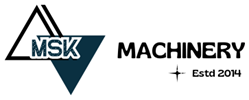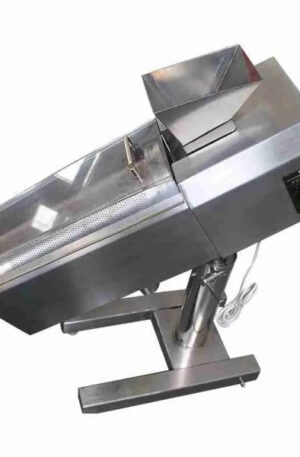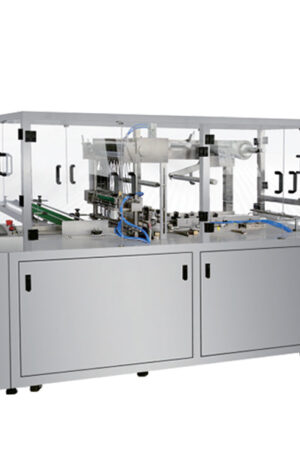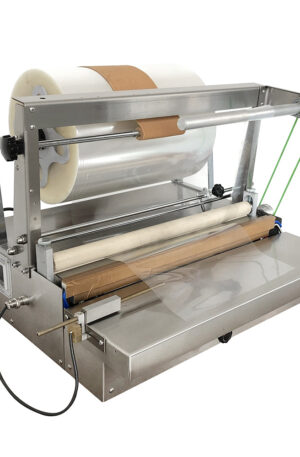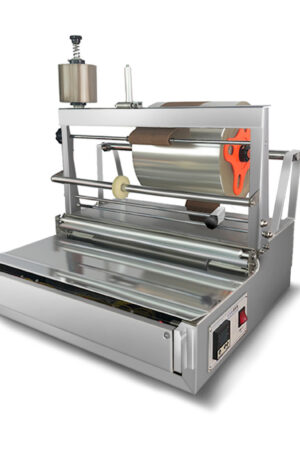Title: “The Evolution of Pharmaceutical Machinery: Innovations and Impact on Drug Production”
Pharmaceutical machinery has undergone significant evolution over the years, leading to advancements in drug production processes. Two key machines that have played a crucial role in this evolution are table press machines and capsule filling machines.
Table press machines, such as the Tablet Direct Press (TDP) and the Tablet Horizontal Direct Press (THDP), have revolutionized the way tablets are manufactured in the pharmaceutical industry. TDP machines use compression force to compact powdered ingredients into tablets of uniform size and shape. With the advancement of technology, modern TDP machines offer higher efficiency and precision in tablet production. On the other hand, THDP machines provide a horizontal pressing motion, resulting in faster production rates and improved tablet quality.
Capsule filling machines have also made significant strides in pharmaceutical manufacturing. These machines are used to fill empty gelatin or vegetarian capsules with precise amounts of powdered or liquid medications. By automating the filling process, capsule filling machines ensure accuracy and consistency in dosage, making them an essential tool in pharmaceutical production.
The evolution of pharmaceutical machinery has had a profound impact on drug production. With the introduction of advanced table press and capsule filling machines, pharmaceutical companies can now produce medications more efficiently and cost-effectively. The automation and precision offered by these machines have led to increased productivity and improved quality control in drug manufacturing processes.
In conclusion, the continuous evolution of pharmaceutical machinery, particularly in the development of table press and capsule filling machines like TDP and THDP, has transformed the landscape of drug production. These innovative machines have enhanced efficiency, accuracy, and quality in pharmaceutical manufacturing, ultimately benefiting both the industry and patients worldwide.
